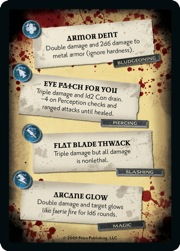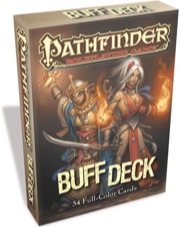Taking 10... on Everything
The d20 family of games, 3rd edition D&D and now Pathfinder, introduced a couple of dice rolling shortcuts in the interest of managing and pacing the game.
For skill
tests that can be retried without significant penalty (other than successive
failures), a player can take a 20 on the die roll. They do the best they possibly
can and take 20 times the normal amount of time (usually 2 minutes or so). This
works pretty well for thoroughly searching rooms, for example. You can search quickly (about
6 seconds per 5' x 5' space) with a die roll and take whatever the die comes up with, or really
toss the room in 2 minutes (also per 5' x 5' space) and perform your best search. Pretty sweet option. And it takes the place of repeatedly rolling the same check until you feel satisfied you've performed your best at the task (in other words, until you roll high enough that you feel you can't do better without wasting everyone's time).
But
there's a potentially more useful option as well... And that's taking 10.
Initially, that seems a lot lamer. Instead of rolling, which gets you a result
at least as good as 10 55% of the time and better for most of that, you settle
for a mediocre result. But one nice thing is that you can do this as long as
you are not immediately threatened (largely meaning under direct attack) so it
can make certain kinds of frequent, routine skill tests very fast. For example,
the scout in the last campaign I ran took 10 searching for traps as he advanced
down dungeon corridors. He had invested a lot of ranks in his Search skill so
his modifier was pretty high. He still had an excellent chance of finding most
traps. Anything over his Search+10, he couldn't find and most likely triggered.
This saved us a RIDICULOUS amount of time in the game. I knew what his Search
result was and we didn't have to roll and roll and roll some more to find the
traps in the corridors.We still do this with the rogue in the current campaign, though the nature of the campaign differs in that there are a lot fewer dungeons being explored.
I also
use the Take 10 mechanic for my NPCs on a routine basis. In fact, I set any
skills they may use for opposed checks (Perception, Sense Motive, Bluff,
Stealth) to 10+their skill modifier. This means I don't have to make any
opposed rolls, I just use their skills to
set the difficulty number. Faster and easy.







